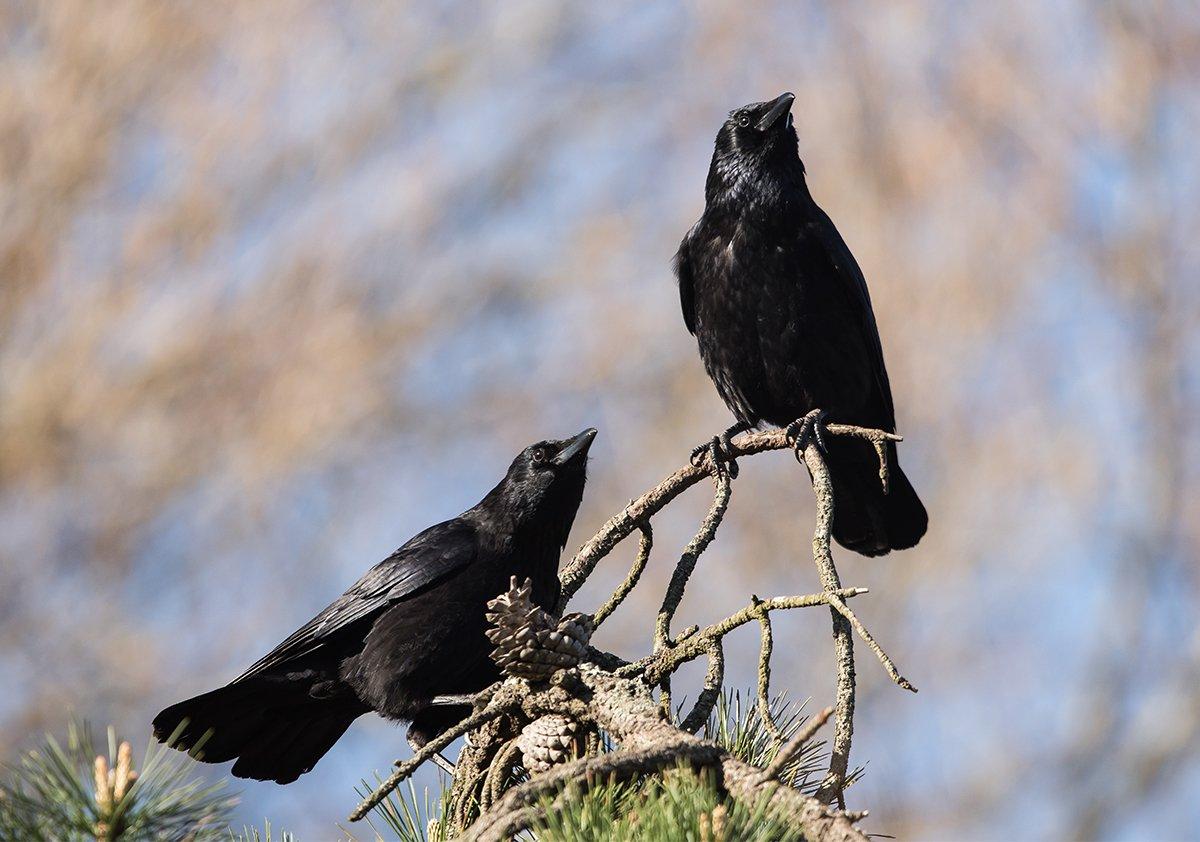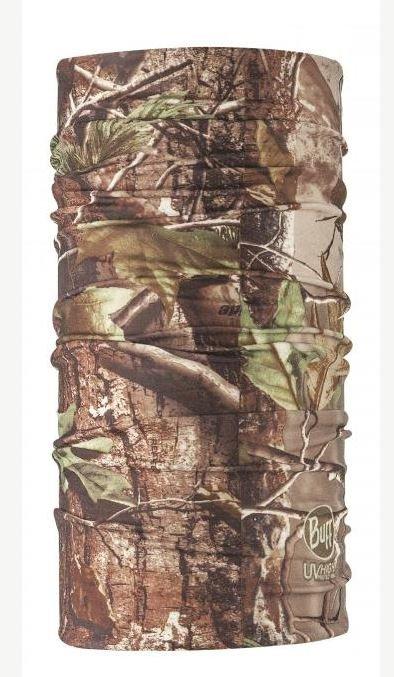Crow hunting is a bit like duck hunting, as decoys and calling can often pull birds in for a shot from a camouflaged or natural blind.
Crow hunting is also completely different from anything else you may have done.
And yes, because some of you are no doubt wondering, I’ve eaten every crow I’ve ever shot.
The dark breast meat looks (and tastes) a bit like a duck’s as well, and you can even use waterfowl recipes.
Some tips for crow hunting follow here.
Table of Contents
Calling Crows
If you’re a turkey hunter, chances are you carry a crow call to locate roosted spring gobblers, which often shock gobble to it.
That same tool can be carried along during crow season, of course, to call crows in.
Crow calls tend to work to your position best on calm, still daybreak morning as these loud, raucous birds gather, interact and begin their morning’s business – which often involves feeding in pastures and farm fields.
Some crow callers also employ electronic calls (often legal; check your lawbook).
In my experience, windy gusts and rain showers dampen (pun intended) crow activity. Crow call and hunt these birds with this in mind.
Two vocalizations, among others, you make might include:
1. The so-called rallying call is a series of caw-caw-caw notes.
2. The distressful wailing crow call, a kind of painful, pleading effort, will bring them in as well.
In short, listen to crows on their daily patterns – they’ll teach you plenty about varying vocalizations.
Where to Look
Sure enough, the habits of crows can change on a daily basis, so regular scouting – as with other forms of hunting – is essential. Find their preferred local flyways.
And these birds migrate in late summer and early fall, gathering into a “murder of crows,” the collective noun for a group of crows.
Enough of the bookish stuff. Finding crows is as easy as talking to your local farmers.
Most will enthusiastically greet your request to hunt these black birds with affirmative responses.
Once crow hunting access is gained, arrive in the pre-dawn (as you would for waterfowl) and watch the early movements of crows.
Where are they roosting?
Where are they flying to feed and hang out as daytime arrives?
What food sources are they using?
This will set you up for your crow hunt, seasons providing.
Decoying Crows
You can use a dozen black plastic decoys or even bigger spreads to fool your crows (just as we’d increase the size of the spread in duck hunting).
Consider putting some in the trees surrounding your setup, as well as on the ground in front of you, in gun range.
Place one on a nearby fencepost or two, and try to envision how the decoying birds might see your hunting setup from the air.
As always, check your regs, but I’ve used a number of off-beat tricks to pull them in.
An old fox pelt can be propped in an open field, and this will definitely draw a look from nearby crows, often resulting in a band of the black birds coming in looking for a fight. A deer hide might pull them in, especially if you fashion it to look like a dead one.
Be inventive.
New Federal Premium Hi-Bird Load for Crows and More . . .
Go here.
Guns and Loads
Your old 870 pump will do fine for crow duty, as will your dedicated waterfowl shotgun. Either 12 or 20 gauge, it’s your decision.
A modified or improved-cylinder choke, shotgun depending, is likely best for your plans.
As shotgun loads go, No. 6 shot, to even No. 7 1/2s or 8s are a good bet.
You’re Hunting What?
Okay, well crow hunting might seem perfectly fine to us, but to some, it’s a bit odd.
And that’s fine.
However, keep in mind that perfectly legal daybreak gun blasts during the late summer months, and at times not perceived as “hunting season,” might draw some attention and even a phone call or two to the authorities.
I’ve heard of more than a couple guys who’ve had some unusual experiences as legal crow hunting goes.
At best, maybe a knock on a local door or two might help clear the air and let bystanders know what you’re doing – expecially on properties bordering farmland where you’re hunting.
Hide your face and head with BUFF® UV Multifunctional Realtree Headwear
Camouflage
Wearing camouflage from head to toe, including a facemask, is essential for crow hunting.
Many Realtree camouflage options will work to match the habitat you’re crow hunting.
“Crow hunting is a bit like duck hunting, as decoys and calling can often pull birds in for a shot from a camouflaged or natural blind.
Crow hunting is also completely different from anything else you may have done.”
Some state opportunities are available in summer, location providing; some in late winter and early spring, so match your surroundings.
As always, check your hunting regulations as well.
Go here for Realtree small game hunting and guns and shooting tips.
Follow us on Facebook.
Have you ever hunted crows? Any tips to add?
Please comment below.
Editor’s note: This Realtree.com post was first published August 15, 2017.











































